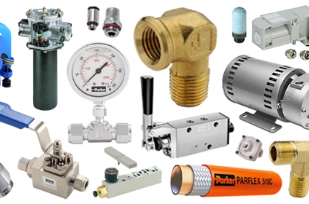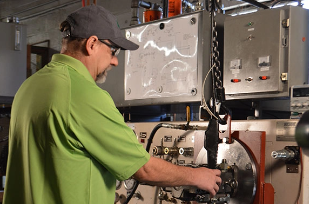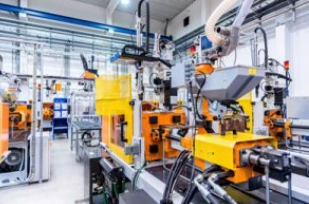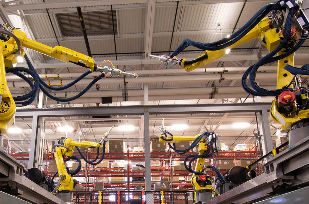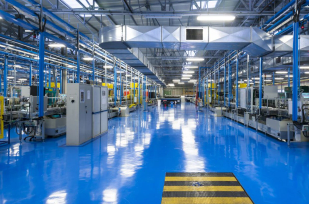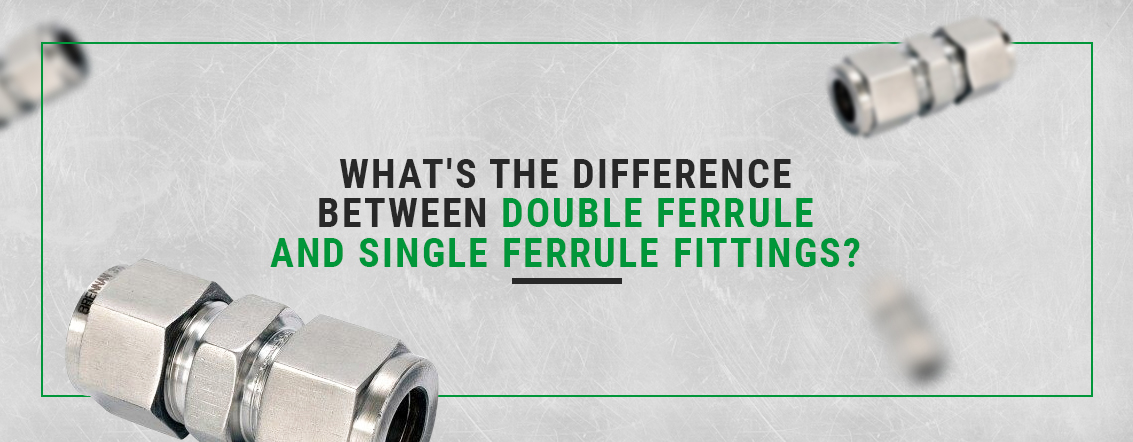
Compression tube fittings are essential components used in a wide variety of industrial applications, especially in situations where tubes or pipes are under very high pressures and need to be joined in such a way that prevents leaks.
These fittings often need to stand up to extreme conditions — like high pressures, vibrations and cycling temperatures.
Many different factors in a compression fitting’s construction — including size and material — will have an impact on how that fitting performs and the kinds of conditions it will work best in. While it may seem like a subtle difference, one of the biggest factors is how many ferrules that compression fitting uses — one or two.
Below, we’ll cover the differences between double and single ferrule fittings — how they are constructed, the differences between single and double ferrule fittings and the situations both will work best in.
What Are Single and Double Ferrule Fittings?
In industrial settings, lengths of tubes or pipes often need to be joined together. For this purpose, many engineers will use compression tube fittings to connect the pipes or tubes at the correct angle.
Metal-to-metal fittings can be prone to leaks, which makes traditional fittings — which don’t include ferrules — an unworkable solution, especially when pipes are transporting liquids under high pressures or the system designer wants to avoid any possible leaks. Ferrule fittings improve upon traditional fittings by adding in ferrules — metal rings or caps that are designed to help the fitting properly seal metal-to-metal connections and hold them in place.
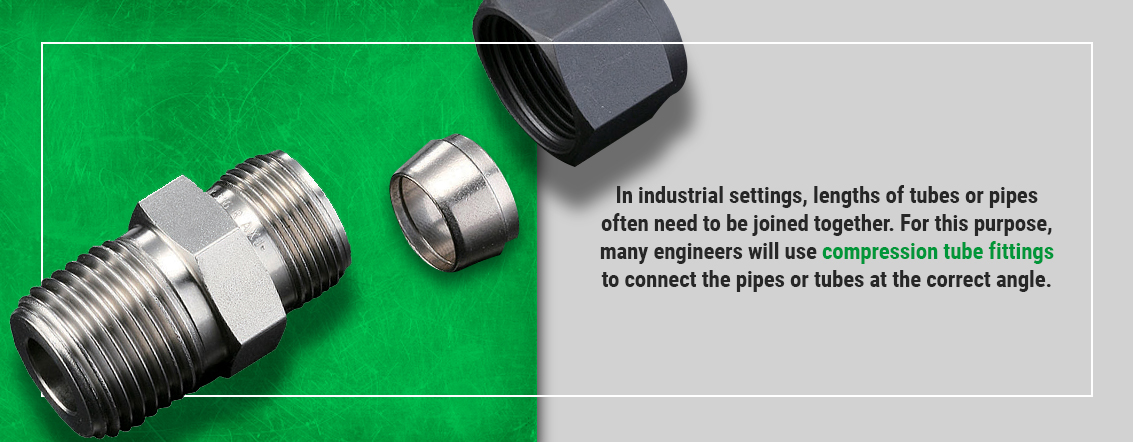
These fittings are designed to hold two or more lengths of piping or tubing together or to cap off one end of a pipe or tube, while also keeping them sealed against high levels of outside pressure. Often, these ferrule fittings are rated for pressures in excess of 6000 psi. Some, like Parker double ferrule fittings, can be rated for pressures as high as 15,000 psi depending on material type. These fittings can also withstand other extreme conditions, like very high or low temperatures, cycling temperatures, aggressive fluids or a vacuum.
These compression fittings — especially single ferrule fittings — are also easy to install or remove in most cases and only require the tightening or loosening of the fitting nut.
These fittings come in a huge variety of materials and sizes, but one of the most critical variations to consider is whether or not the fitting has one or two ferrules. The difference may seem subtle, but it can have serious impacts on how the compression fitting performs under certain conditions.
Both double and single ferrule fittings are used to join together lengths of tubing or piping in such a way that creates a seal while preventing any vibration or movement of the tube or fitting, effectively holding the created joint in place.
What Is the Difference Between Double and Single Ferrule Fittings?
The primary difference between the two types of fittings is that double ferrule fittings have two ferrules — one front ferrule and one back ferrule. By comparison, single ferrules only feature one ferrule.
In both types of fittings, the ferrules act in the same way, provide sealing and leak prevention while also fixing a strong hold on the tubes that the fitting is attached to. High-quality compression tube fittings, whether they have one or two ferrules, are designed to work with both thick and thin tube walling, as well as tubes that are rigid or soft in construction. They’re also made to withstand a variety of conditions — like high pressures, cycling or fluctuating temperatures and in vacuums.
In double ferrule fittings — sometimes called twin or two ferrule fittings — the functions of the ferrule are distributed across a pair of twinned ferrules. One ferrule (the sealing ferrule) seals the fitting and helps to hold it in place while the other (the locking ferrule) only helps to hold the fitting in place. The two ferrules are designed to grasp tightly around the tube without causing any damage to the tube wall.
These fittings are sometimes also designed with a longer thread area, which will help to evenly distribute the pressure placed on the fitting among the two ferrules.
In more basic, single ferrule fittings, the nose of just one ferrule will perform both of those functions, both sealing the fitting and locking it in place.
Ferrules in single ferrule fittings may sometimes be asymmetrical, unlike the symmetrical fittings found in double ferrule fittings. This is because in a compression fitting with a single symmetrical ferrule, it’s possible for the nut to transfer torque to the ferrule as it is tightened. This torque can cause the ferrule to compress asymmetrically or shift over time. Both types of movement aren’t particularly desirable and can cause various issues — like galling of the ferrule, which can result in permanent leaks or components that are stuck together.
All ferrules are tapered at a certain angle so that they compress correctly and provide a good seal when the nut of the fitting is tightened. Many ferrules will be somewhat conical in shape to help ensure the most uniform contact possible between the entire circumference of the ferrule and the fitting body.
Basic one-piece ferrules may not be suitable for very high levels of pressure. Other specialized ferrules, like heat-treated ferrules, are sometimes used in fittings that need to be rated to more extreme levels of pressure.
The Construction of Double and Single Ferrule Fittings
Both ferrules will be constructed out of the same basic components — a threaded compression nut and the fitting body — and either a single ferrule or a pair of front and back ferrules.
Most of the time, compression fittings will be used with rigid tubing made out of metal or hard plastic. This is because less rigid materials may not be able to resist the force placed by the ferrule upon the tubing or piping. As a result, the tube wall may collapse or shift over time. These challenges can be avoided in some cases, however, with rigid tube inserts.
There are a few major manufacturers of compression fittings — Parker, which manufactures both double and single ferrule fittings, is one of the best-known brands.
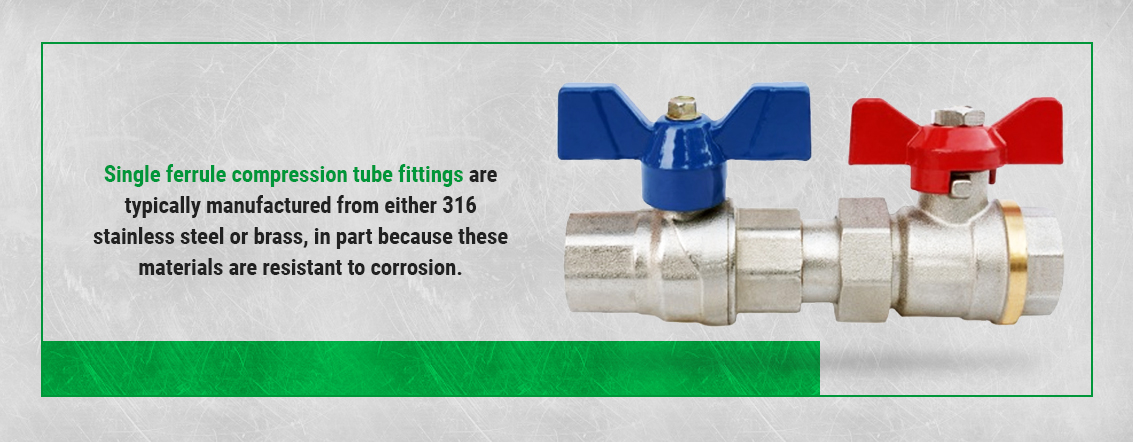
Single ferrule compression tube fittings are typically manufactured from either 316 stainless steel or brass, in part because these materials are resistant to corrosion. Double ferrule fittings, by comparison, are usually available in a wider variety of materials, along with stainless steel and brass. For example, Parker double ferrule fittings are also available in steel and a few different corrosion-resistant alloys, including 6Mo, alloy 825 and alloy C-276. By comparison, Parker single ferrule fittings are available in stainless steel and brass.
Each of the different components of the fittings can be manufactured from different materials — typically, however, the ferrule and nut are made of some kind of common corrosion-resistant metal, like stainless steel.
In general, both single and double ferrule fittings are manufactured in sizes between 1/16 of an inch and 2 inches. Both single and double ferrule fittings are manufactured in a wide variety of end connections and configurations so that it’s possible to join tubes together for most industrial needs.
Double ferrule fittings are the most familiar type of fitting and are generally more popular across industries than single fittings. As a result, double ferrules are often recommended over single ferrule compression tube fittings, regardless of the conditions these fittings will face. However, while double ferrule fittings have their advantages, both single and double ferrule compression tube fittings can be a better choice than the other in certain situations.
Single Ferrule vs. Double Ferrule Fittings
The design of double ferrule fittings provides them a few key advantages over single ferrule fittings.
Double ferrule fittings are rated for higher pressures than comparable single ferrule fittings. Because both ferrules in double ferrule fittings are holding on to the connected tube, these fittings will have a stronger mechanical grip on the tubes they are connected to, compared to single ferrule fittings. This can help reduce the risk of leaks and rotation of the ferrules, which can lead to the shifting of pipes and damage to the fitting or ferrule.
The design of the twinned ferrules can also help overcome variations in tubing wall thickness, hardness, outer wall dimensions and dimensional tolerance, making the double ferrule fittings a good fit for systems where tubes with varying dimensions and specifications need to be fitted together.
When a double ferrule fitting is installed, any action or torque should be in the fitting, rather than the tube, meaning that the installation of the fitting will be less likely to cause any wear or damage to the tubing.
While double ferrule fittings can stand up to higher levels of pressure than single ferrule fittings, however, double ferrule fittings aren’t always the best option. Single ferrule fittings have their own distinct advantages that can make them a better fit in certain situations.
Working with single ferrule fittings can lower the risk of errors during installation, as there is only one ferrule to install. With double ferrule fittings, there are more chances to make mistakes, such as installing a ferrule backward.
While there are about 14 different ways to install a double ferrule fitting incorrectly, there are only two ways to incorrectly install a single ferrule fitting with an asymmetrical ferrule. In situations where accurate assembly is key or large numbers of fittings need to be installed, single ferrule fittings may be the superior option.
With single ferrule fittings, there are also fewer leak paths due to the lower number of paths being sealed, meaning that there are fewer opportunities for the seal to fail. This can make it easier to identify the source of leaks.
If single ferrule fittings move, their movement is usually more predictable, and the fitting should only shift in one direction.
Single ferrule designs will also work reliably even when the ferrule is manufactured out of softer materials, like brass or plastic. Single ferrules may also provide better resistance to high vibrations, fluctuations in or cycling temperature or pulsation.
Single ferrule fittings may also sometimes be a more economical option than double ferrule fittings, especially in situations where all ferrules need to be high-quality and rated to extreme pressures.
It’s often easier to replace a single ferrule fitting with another of the same type, meaning that single ferrule fittings can also be a superior option in systems that already rely on single ferrule fittings. Using double ferrule fittings in a situation like this could require replacing all of the fittings or modifying the overall system.
These advantages can make single ferrule fittings a good option for process, power, and instrumentation applications like instrument air lines, heat trace systems and process lines.
Other Considerations in Choosing Single and Double Ferrule Fittings
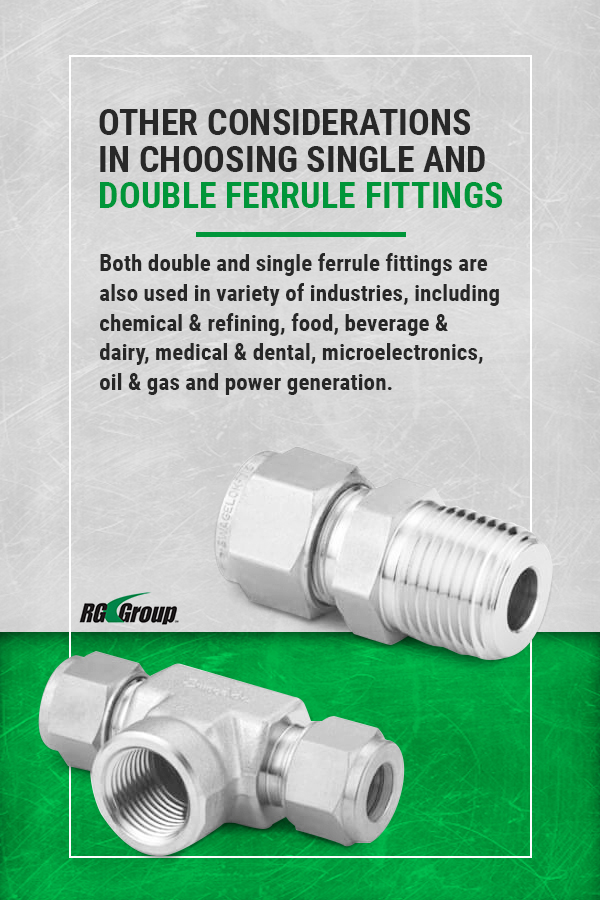
However, neither type of ferrule fitting is specific to any one industry, and both can be valuable in any power fluid design.
Even the most basic or miniaturized ferrule fittings can be suitable for pressures of up to 5000 psi. This means that even miniaturized single ferrule fittings can be effective in pipe systems moving gases like compressed CO2 or hydrogen, which is common in aerospace applications.
Both double and single ferrule fittings are also used in variety of industries, including chemical & refining, food, beverage & dairy, medical & dental, microelectronics, oil & gas and power generation.
Some industries do require specialized ferrule fittings, but these needs typically have more to do with ferrule material than ferrule count.
In medical, semiconductor and instrumentation systems where the compression fittings need to be as inert and free of contamination as possible, certain ferrule materials will work best. While both inert plastic and metal can be suitable, metal ferrules are generally preferred over plastic ferrules for these situations, as they are easier to clean and sterilize with an autoclave.
Single vs. Double Ferrule Fittings
Compression tube fittings can be a valuable asset in many industrial applications — however, not every fitting will stand up to the same conditions. The number of ferrules a fitting has can greatly affect its performance — including the pressures it can stand up to and the kind of grip it will have on the tube it is connected to.
Both single and double ferrule fittings are used across all industries. However, single and double ferrule fittings can both be a better fit than the other in certain conditions.
Single ferrule fittings are best in situations where installation needs to be kept as simple as possible or when replacing fittings in a system that previously used single ferrule fittings. Single ferrule fittings can also sometimes be more resilient to vibrations or pulsations. Double ferrule fittings, by comparison, stand up better to pressure and have a better grip on piping.
Compression Fittings From RG Group
Do you need compression fittings for your project? RG Group has more than 60 years of experience as a provider of engineered solutions and stocks a variety of single and double ferrule fittings, manufactured out of a range of materials and suitable for a variety of industrial applications — along with thousands of other industrial-grade products. If you’re interested in working with RG Group, contact us today.

